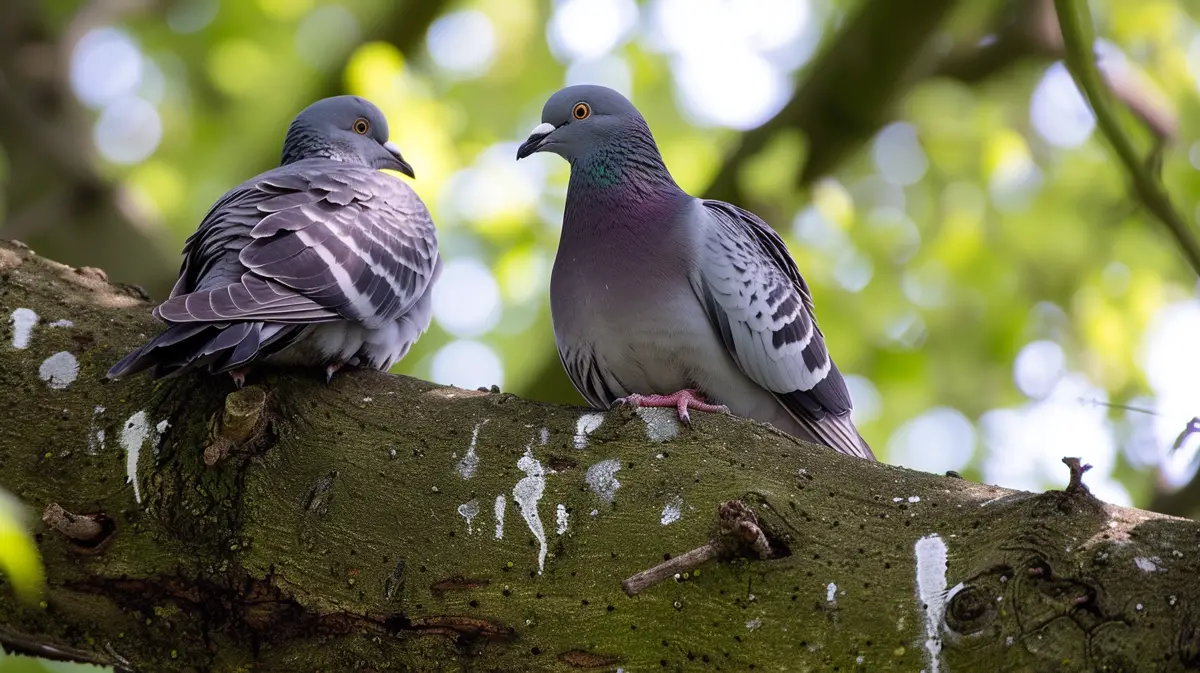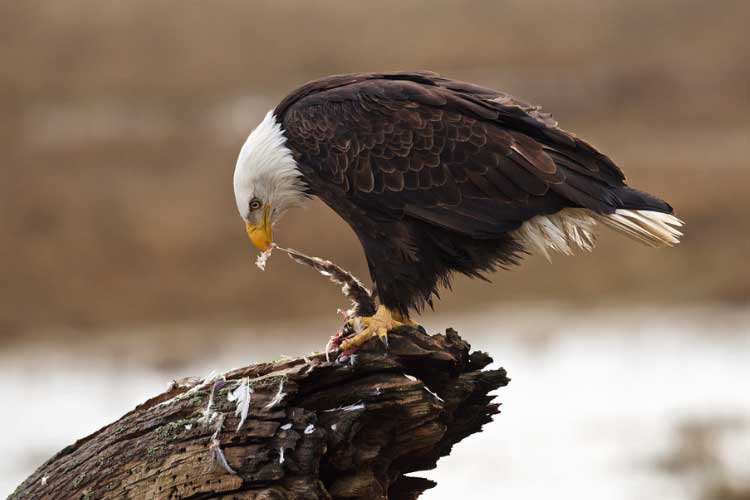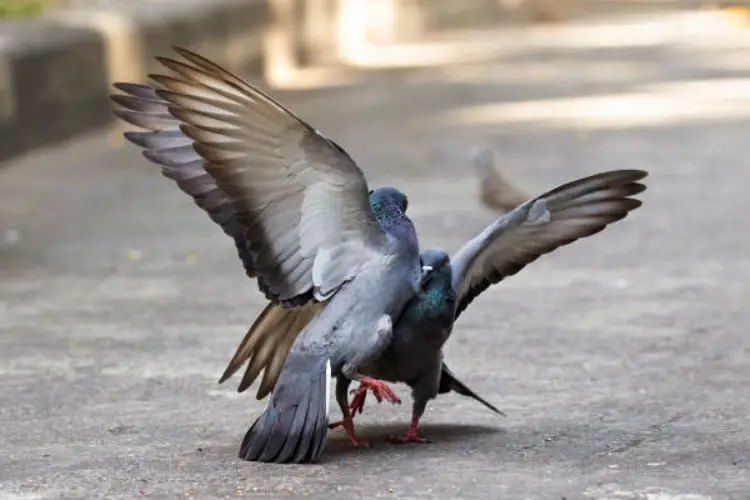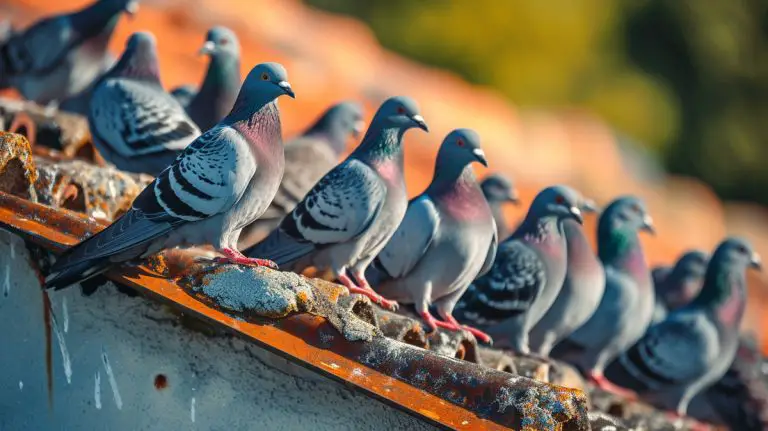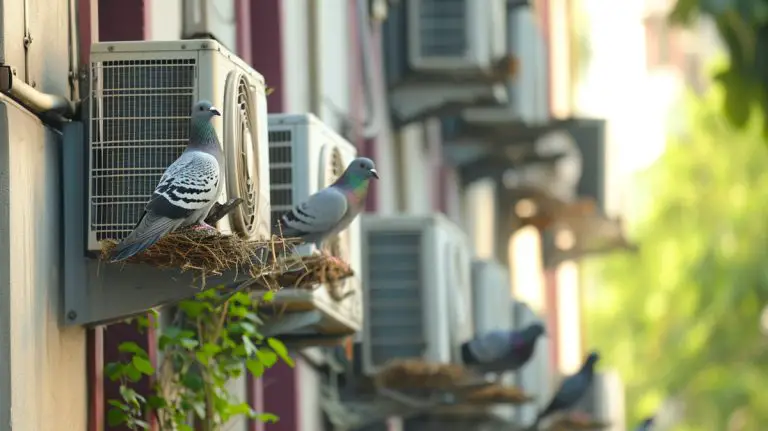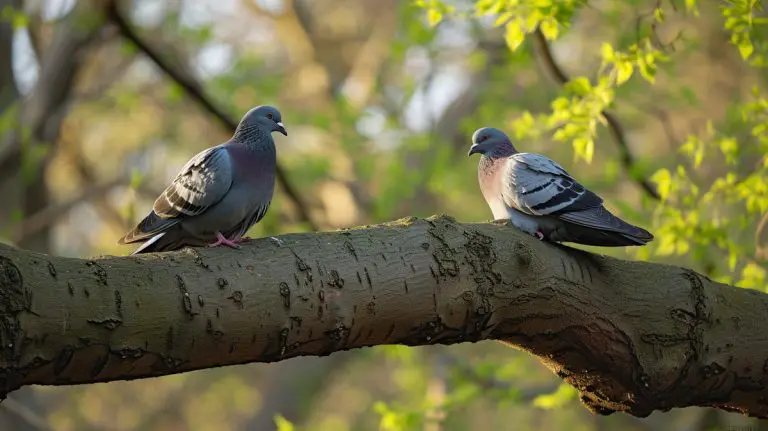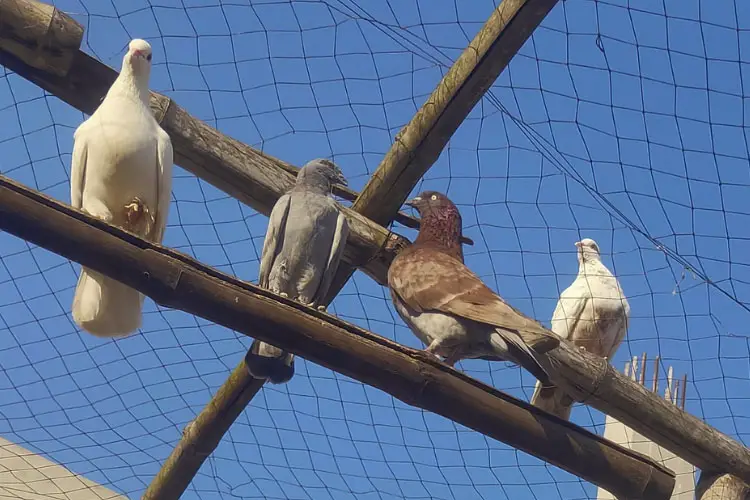Fascinating Characteristics of Pigeons: Physical Features, Behavior, and Adaptability
Pigeons, those ubiquitous birds that grace our city streets and park benches, have always fascinated me. With their distinctive cooing and graceful flight, pigeons possess a unique charm that sets them apart from other avian species. In this article, I’ll delve into the fascinating characteristics of pigeons, exploring their physical features, behavior, and remarkable adaptability. Join me as we unravel the mysteries of these remarkable creatures and gain a deeper appreciation for their place in our urban ecosystem.
One of the most striking features of pigeons is their incredible diversity in color and pattern. From the classic gray and white variety to the more exotic speckled and iridescent plumage, pigeons come in a wide array of hues. Their plump bodies, small heads, and short beaks make them instantly recognizable. However, it’s not just their appearance that makes pigeons intriguing; their behavior is equally captivating. Whether it’s their synchronized flocking or their ability to navigate vast distances, pigeons showcase remarkable intelligence and adaptability.
As we explore the characteristics of pigeons, we’ll uncover the secrets behind their remarkable homing instincts, their impressive flying abilities, and their unique social structures. Join me on this journey to discover the hidden world of pigeons and gain a newfound appreciation for these often-overlooked urban dwellers.
Physical Features of Pigeons
Pigeons, with their unique physical features, are truly fascinating creatures. Let me take you through some of the remarkable characteristics that make them so special.

Plumage and Colors
One of the most striking aspects of pigeons is their diverse range of colors and patterns. From soft shades of gray to vibrant hues of brown, white, and even iridescent greens and purples, pigeons come in a remarkable variety of feather colors. These beautiful patterns and colors make pigeons a treat for the eyes.
Compact Bodies and Elegant Wings
Pigeons have compact, sturdy bodies that are built for efficient flight. Their streamlined shape allows them to glide through the air with ease. Their wings, when spread out, reveal an impressive wingspan, enabling them to soar and maneuver gracefully through urban landscapes.
Striking Beak and Eyes
A pigeon’s beak is another distinguishing feature. It’s small and slender, yet strong enough to crack open seeds and grains, which constitute their primary diet. Their eyes are also worth noting, as they possess a remarkable range of vision. Pigeons can see in almost all directions simultaneously, thanks to their wide-set eyes. This exceptional visual acuity helps them spot food and navigate their surroundings.
Feather Peculiarities
Pigeons also have unique feather adaptations. One interesting feature is their “powder down” feathers that produce a fine, talcum-like powder. This powder helps keep their feathers clean and well-maintained. In addition, pigeons have specialized feathers called “contour feathers,” which provide insulation and help regulate their body temperature.
Pigeons’ physical features are a testament to their incredible adaptability and evolution over centuries. From their stunning plumage to their well-designed bodies, these birds have truly captivated the attention of observers worldwide.
Diversity in Color and Pattern
Pigeons truly stand out in the avian world due to their impressive diversity in color and pattern. Their unique assortment of hues and markings make them fascinating creatures to observe. Let’s take a closer look at the captivating colors and patterns that adorn these magnificent birds.
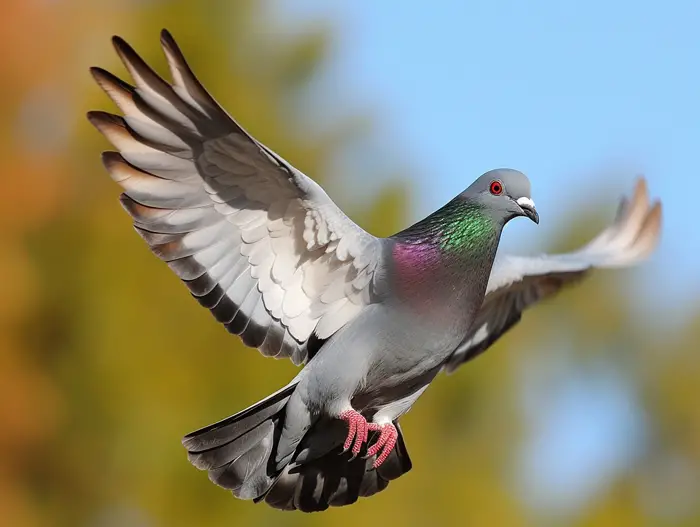
A Kaleidoscope of Colors: Pigeons come in a wide array of shades, ranging from soft pastels to vibrant and bold hues. From snowy white to deep blacks, and everything in between, their color palette is truly diverse. Whether it’s the striking iridescent sheen of a neck feather or the subtle gradient on their wings, pigeons never fail to impress with their exquisite colors.
Striking Patterns: Beyond their beautiful colors, pigeons also exhibit a variety of patterns that add another layer of visual interest. Some rock pigeons, for instance, have a mesmerizing splash of color around their necks known as a “hackle.” Others boast stunning patterns such as bars, checks, and crescents on their wings and bodies. Each pigeon is unique, with its own distinct pattern, making them a true marvel of nature’s artistry.
Adaptive Significance: The remarkable diversity in color and pattern among pigeons is not just for show. These characteristics have meaningful purposes in their survival and reproduction. The intricate patterns and colors help pigeons blend into their environments, providing camouflage that protects them from predators. Additionally, these features play a vital role in communication and mate selection, as pigeons use their distinct colorations and patterns to attract potential mates and establish social hierarchies within their flocks.
Variations in Species: It’s important to note that the range of colors and patterns is not uniform across all pigeon species. Different species have their own unique combinations, resulting in a kaleidoscope of displays within the pigeon family. This diversity serves as a testament to the adaptability and evolution of these birds over centuries.
The dazzling diversity in color and pattern among pigeons never fails to capture our attention. From their stunning array of hues to their intricate patterns, these avian wonders demonstrate the marvels of nature’s creativity and evolutionary prowess.
Behavior and Adaptability
Pigeons are not only known for their physical characteristics but also for their fascinating behavior and remarkable adaptability. Let’s dive into some interesting aspects of their behavior and how they have managed to thrive in diverse environments.
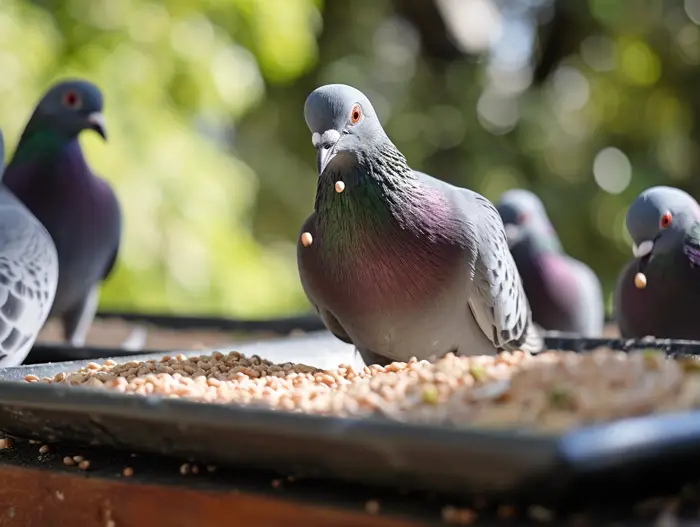
Social Animals
Pigeons are highly social creatures, often forming large flocks that can number in the thousands. They have a strong sense of community and rely on collective behavior for survival. When one pigeon spots a potential food source or danger, it quickly communicates this information to the rest of the flock through various visual and vocal signals.
Homing Instinct
One of the most remarkable behaviors exhibited by pigeons is their homing instinct. Pigeons have an extraordinary ability to find their way back to their home or roosting site from unfamiliar locations, even when released hundreds of miles away. Scientists believe that pigeons use a combination of visual cues, magnetic fields, and their keen sense of smell to navigate their way back.
Adaptability to Urban Environments
Pigeons have proven to be highly adaptable to urban environments. They are often found in cities, where they have learned to exploit human-made structures for their nesting and roosting purposes. Their ability to adapt to urban habitats has allowed them to thrive alongside humans and become a common sight in many cities around the world.
Problem-solving Skills
Contrary to popular belief, pigeons are not just “bird brains.” They have been shown to possess impressive problem-solving skills. In laboratory experiments, pigeons have successfully completed complex tasks that require cognitive abilities such as categorization, memory, and pattern recognition. These findings suggest that pigeons are more intelligent than they are often given credit for.
Communication and Courtship
Pigeons have a sophisticated system of communication and courtship displays. They use a combination of cooing sounds, strutting, and puffing up their chests to attract potential mates. These displays not only convey their readiness to reproduce but also establish social hierarchies within the flock.
Pigeons exhibit a range of fascinating behaviors and have demonstrated remarkable adaptability to survive and thrive in various environments. Their social nature, homing skills, problem-solving abilities, and communication strategies contribute to their success as a species. Whether soaring through the skies or navigating the concrete jungle, pigeons continue to amaze us with their behavior and adaptability.
Synchronized Flocking
One of the most fascinating behaviors exhibited by pigeons is their ability to synchronize their movements while flocking. It’s truly mesmerizing to watch hundreds or even thousands of pigeons flying together, effortlessly swooping and turning in perfect unison. This synchronized flocking behavior is not only visually stunning but also serves a practical purpose for these birds.

Benefits of Synchronized Flocking
Pigeons engage in synchronized flocking for several reasons, including:
- Safety: Flocking in synchrony helps pigeons evade predators. The rapid changes in direction and speed confuse their potential attackers, making it difficult for them to single out a target.
- Efficiency: Flying in close proximity to one another reduces air resistance and allows pigeons to conserve energy. This makes their long-distance flights more efficient and enables them to cover greater distances with less effort.
- Social bonding: Synchronized flocking also strengthens social bonds among pigeons. By flying together and coordinating their movements, pigeons build trust and establish a sense of unity within the flock.
How Do Pigeons Achieve Synchronized Flocking?
The ability of pigeons to achieve such remarkable coordination is the result of a combination of factors.
- Visual cues: Pigeons rely on visual cues from their neighboring birds to maintain their position within the flock. By observing the movements of nearby pigeons, they can adjust their own flight path to stay in sync with the group.
- Communication: Pigeons also communicate with each other while flying in a flock. They use subtle body movements, vocalizations, and even changes in wing beats to signal their intentions and maintain the collective rhythm of the flock.
- Leadership: Within a flock, certain pigeons take on leadership roles. These leaders set the pace and direction for the group, guiding the rest of the pigeons and ensuring the flock stays in harmony.
The Beauty of Synchronized Flocking
Witnessing synchronized flocking in pigeons is a testament to their incredible adaptability and social behavior. It’s a captivating display of their ability to work together, communicate effectively, and navigate the skies as a cohesive unit.
Without a doubt, the mesmerizing movements of pigeons in synchronized flight are a reminder of the wonders of the natural world and the fascinating behaviors that animals can exhibit.
Homing Instincts and Flying Abilities

Pigeons possess remarkable homing instincts and impressive flying abilities. Their unique aerial skills and navigational capabilities are truly fascinating.
One of the most astonishing traits of pigeons is their homing instinct. They have the ability to find their way back to their home or roost from extremely long distances. Whether it’s hundreds or even thousands of miles away, pigeons can navigate through unknown terrain to reach their desired destination. It’s like they have an inbuilt GPS system!
The homing instinct of pigeons has been the subject of scientific research for many years. While the exact mechanisms behind this ability are not fully understood, studies suggest that pigeons use a combination of visual cues, magnetic fields, and olfactory (smell) information to find their way home. They have an uncanny sense of direction that allows them to navigate accurately, even in unfamiliar surroundings.
In addition to their homing abilities, pigeons are exceptional fliers. They have strong wings and can fly at incredible speeds, reaching up to 60 miles per hour. Their streamlined bodies and sturdy flight muscles enable them to cover long distances with ease. Pigeons are also known for their soaring capabilities, effortlessly gliding through the air for extensive periods of time.
Pigeons are highly adaptable flyers, capable of navigating through complex urban environments. They can effortlessly maneuver around tall buildings and fly through narrow alleyways. These agile birds can take off and land in crowded spaces, showcasing their exceptional flying skills.
Their flying abilities not only serve them in terms of navigation and survival but also play a crucial role in their communication and flocking behavior. Pigeons communicate with each other through a sophisticated system of flight displays, including aerial acrobatics and coordinated wing flapping.
Pigeons demonstrate extraordinary homing instincts and impressive flying abilities. Their innate sense of direction and navigational skills, combined with their agile flight capabilities, make them truly remarkable creatures. From finding their way home to soaring through the sky, pigeons are a true marvel of nature.
Unique Social Structures
Pigeons are not only known for their physical features and impressive flying abilities, but they also exhibit unique social structures that are fascinating to observe. These social structures play a vital role in their survival and behavior.

Hierarchy and Leadership
One notable aspect of pigeon social structures is the presence of a hierarchy within their groups. Pigeons establish a clear pecking order, with dominant birds taking the lead and exerting influence over others. This hierarchy helps maintain order and minimize conflicts within the flock.
Collective Decision-Making
Pigeons also display collective decision-making abilities, where the flock acts as a unified entity. They rely on the wisdom of the group to make important decisions, such as choosing a roosting spot or finding food sources. This collective behavior enhances their chances of survival and helps them adapt to changing environments.
Cooperative Breeding
Another interesting social behavior observed in pigeons is cooperative breeding. In some pigeon species, a group of individuals may work together to raise the offspring of a dominant pair. This cooperative effort allows the dominant pair to focus on breeding while other members of the group help with tasks such as incubation and feeding.
Strong Pair Bonding
Pigeons are known for their strong pair bonding, where they form long-term partnerships for breeding and raising young. These bonds are built through courtship displays, shared nest-building responsibilities, and mutual grooming. Once a pair bond is established, it is typically maintained for life.
Flocking Behavior
One of the most striking aspects of pigeon social structures is their ability to form large flocks. Flocking provides numerous benefits, including increased safety from predators, enhanced foraging efficiency, and opportunities for social bonding. The synchronized movements of a flock are a mesmerizing sight to behold.
Pigeons are truly remarkable creatures, not only for their physical characteristics and flying abilities but also for their intricate social structures. Their hierarchical systems, collective decision-making, cooperative breeding, strong pair bonding, and synchronized flocking behavior all contribute to their adaptability and survival in diverse environments.
Continued research and observation of pigeon social structures can provide valuable insights into the complexities of animal behavior and the dynamics of social interactions.
Conclusion
The characteristics of pigeons are truly remarkable. From their diverse range of colors and patterns to their ability to form large flocks, these birds have adapted to thrive in various environments. Their homing instinct, problem-solving skills, and sophisticated communication system make them fascinating creatures to study.
Pigeons also exhibit unique social structures, including hierarchy and leadership, collective decision-making, cooperative breeding, strong pair bonding, and synchronized flocking behavior. These social structures are crucial for their survival and behavior.
Studying pigeons can provide valuable insights into animal behavior and social interactions. By observing their behaviors and interactions within their flocks, researchers can gain a better understanding of how social structures influence survival and adaptation.
Pigeons are not just ordinary birds; they are intelligent, adaptable, and social creatures. Their characteristics make them a subject of interest for researchers and bird enthusiasts alike.
